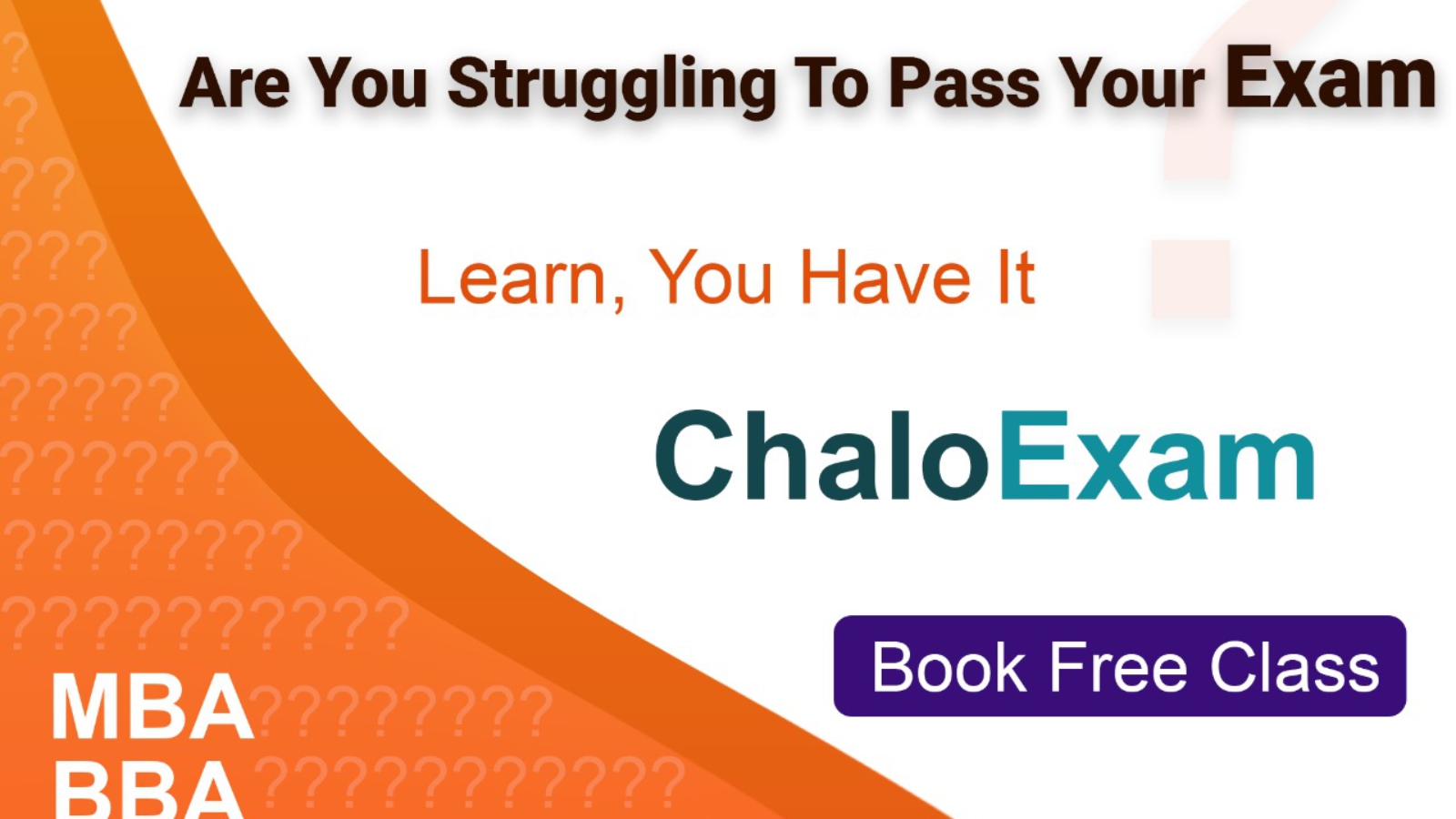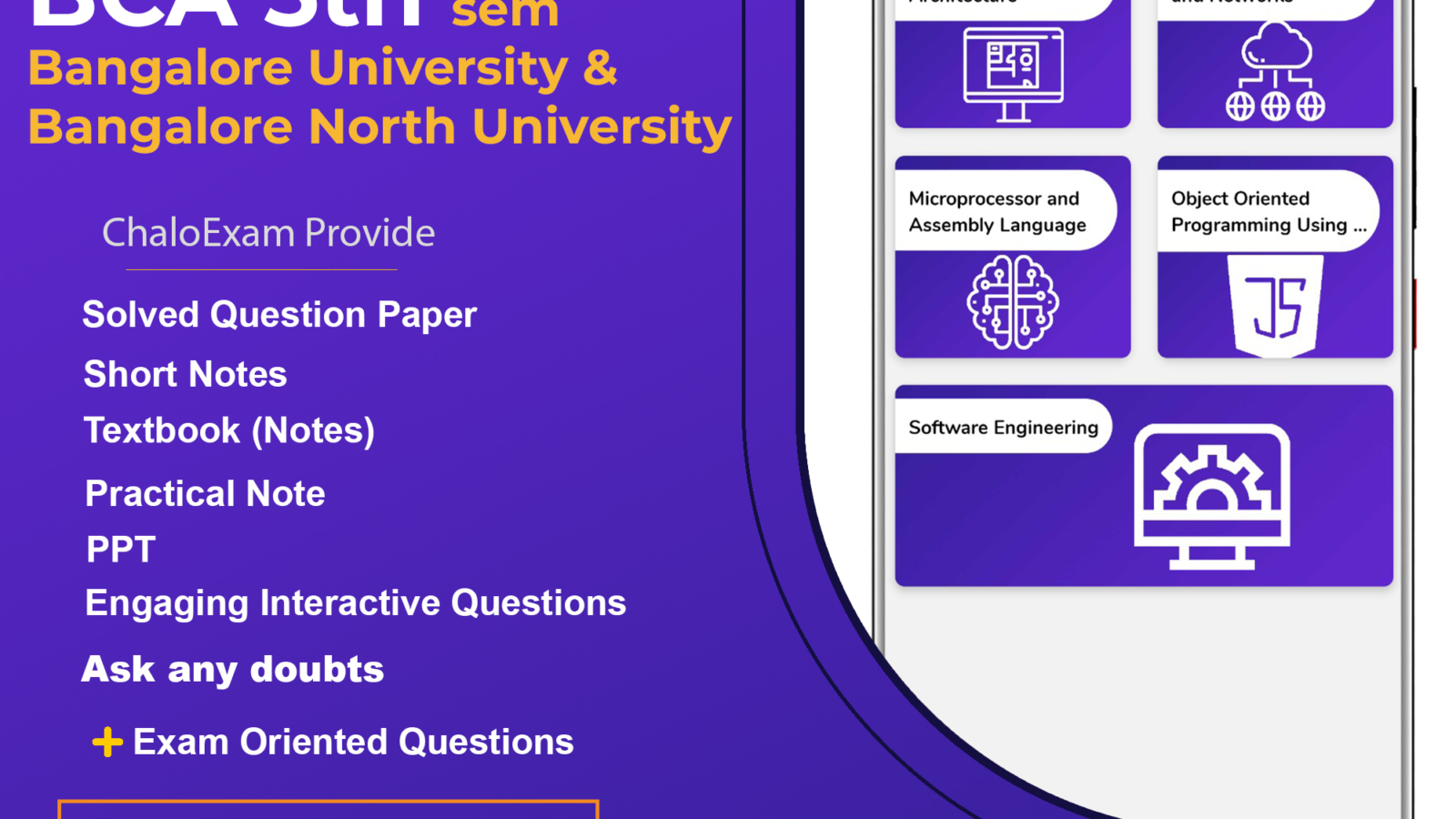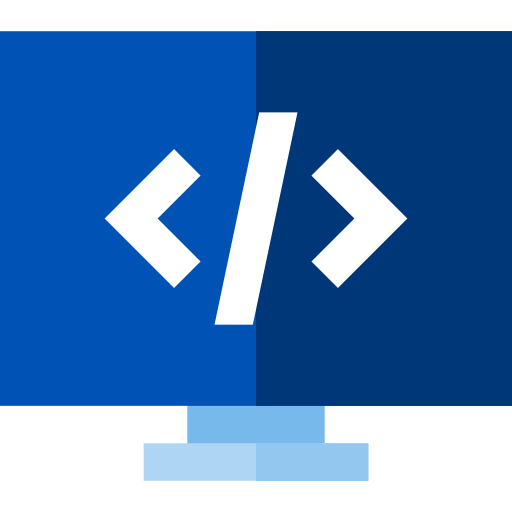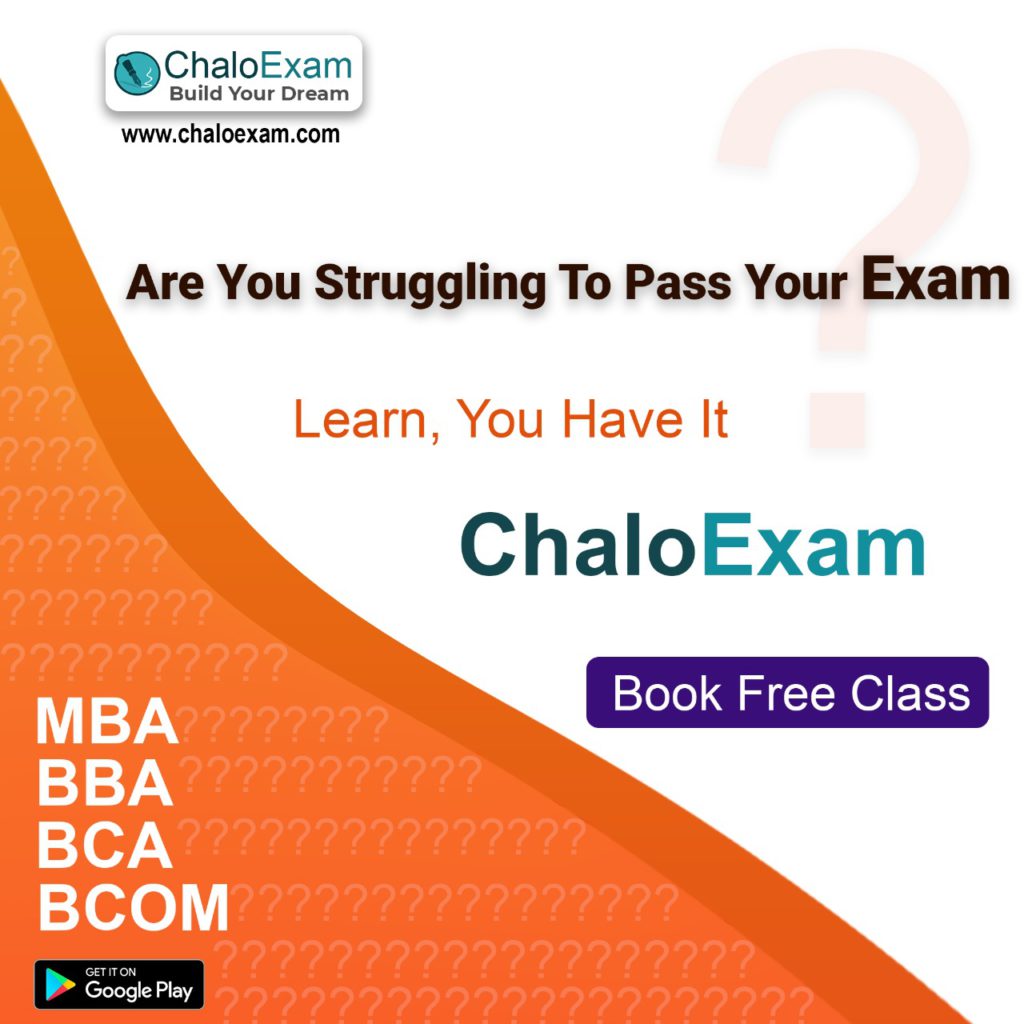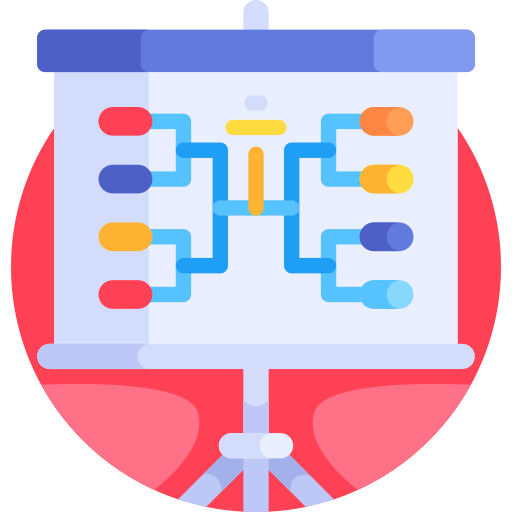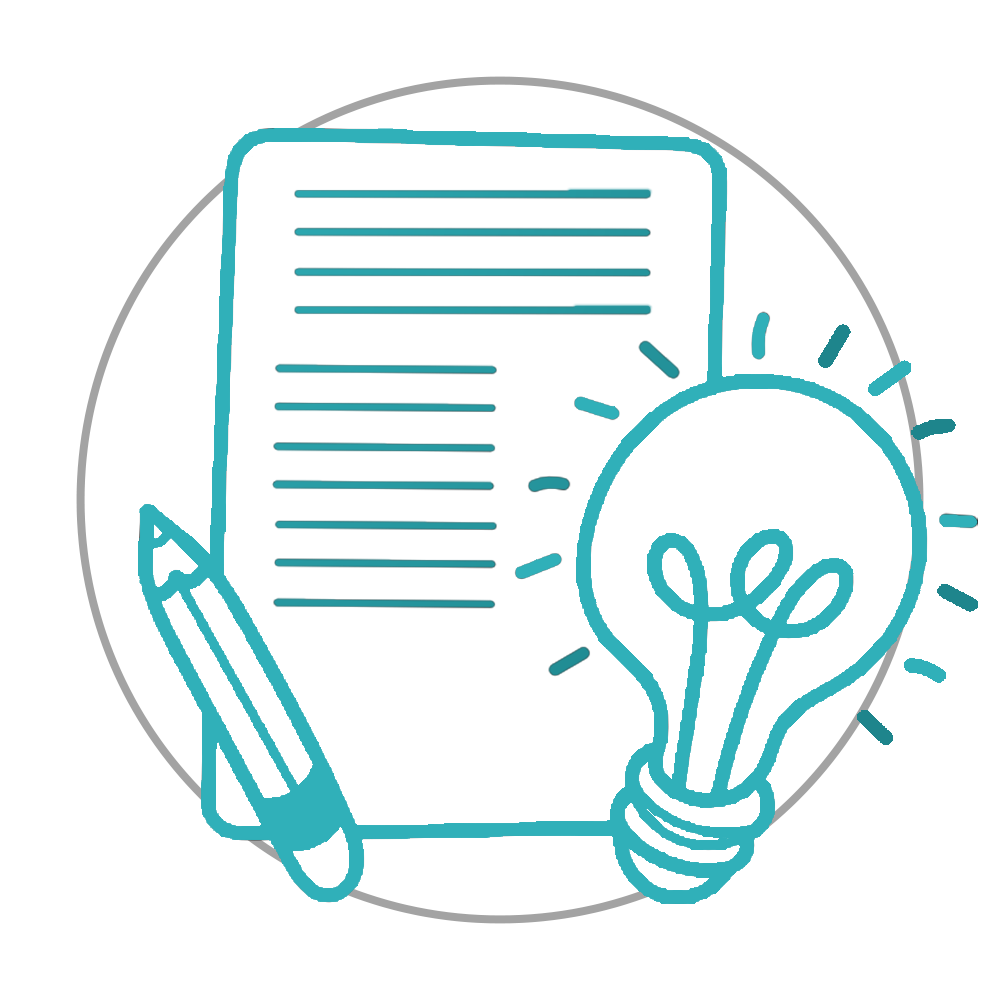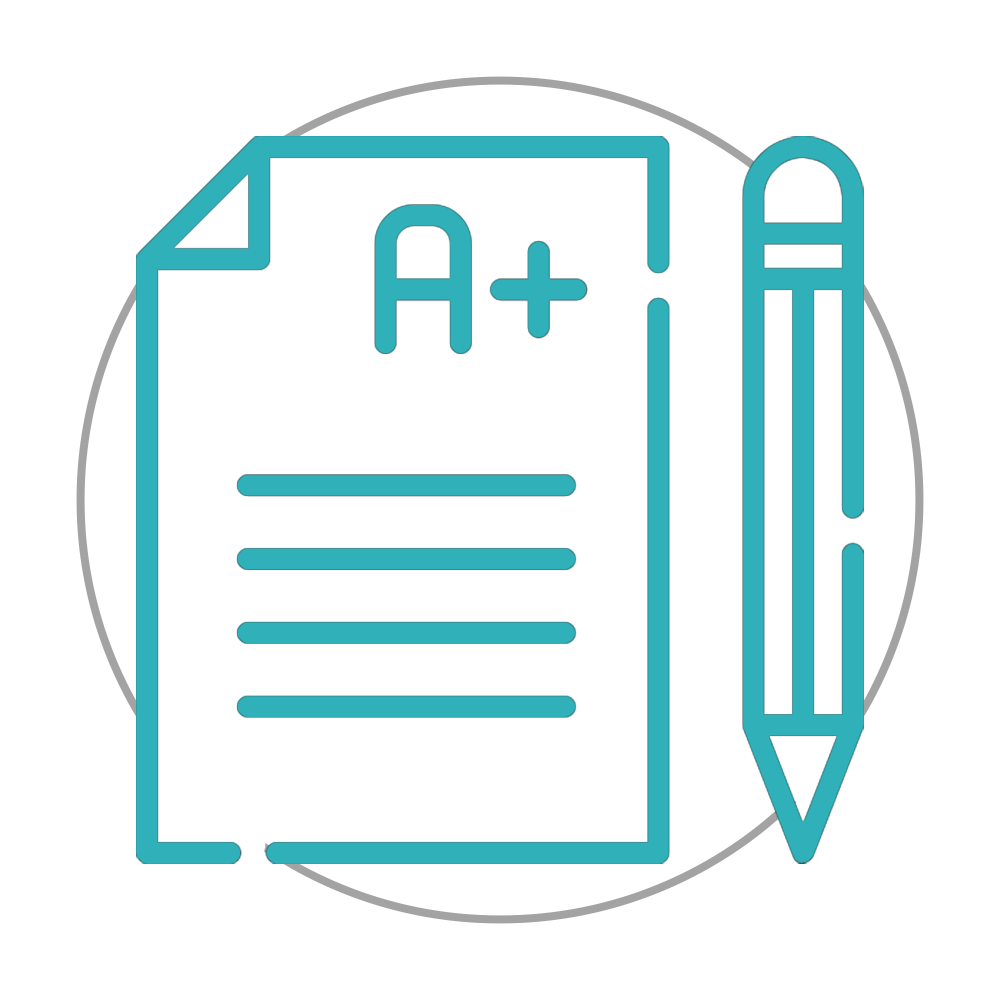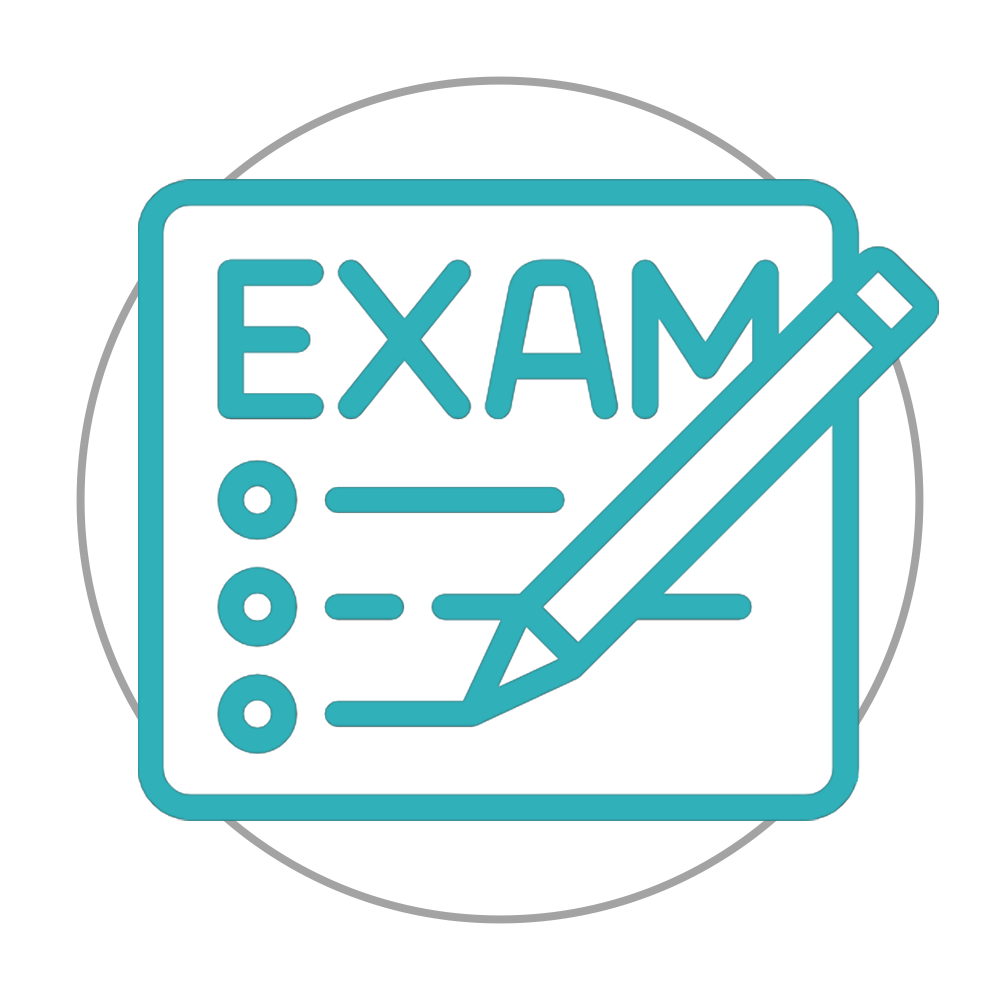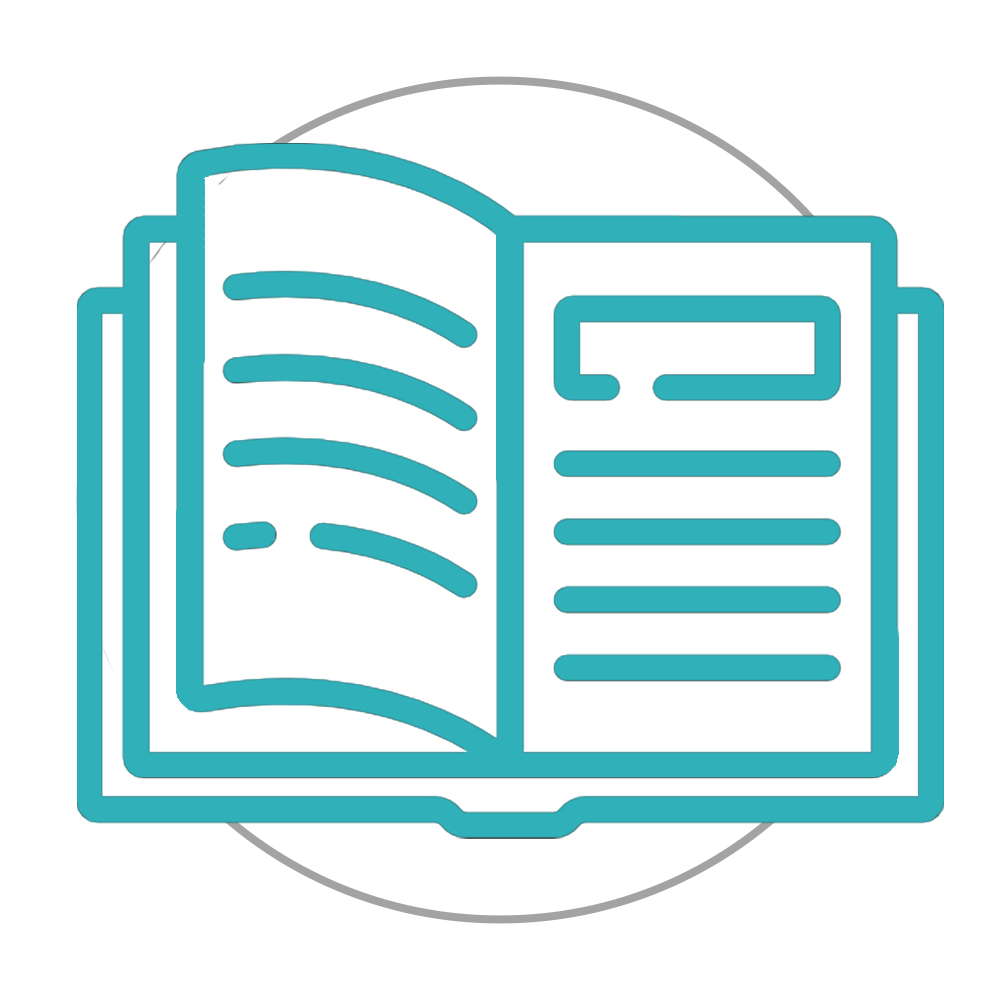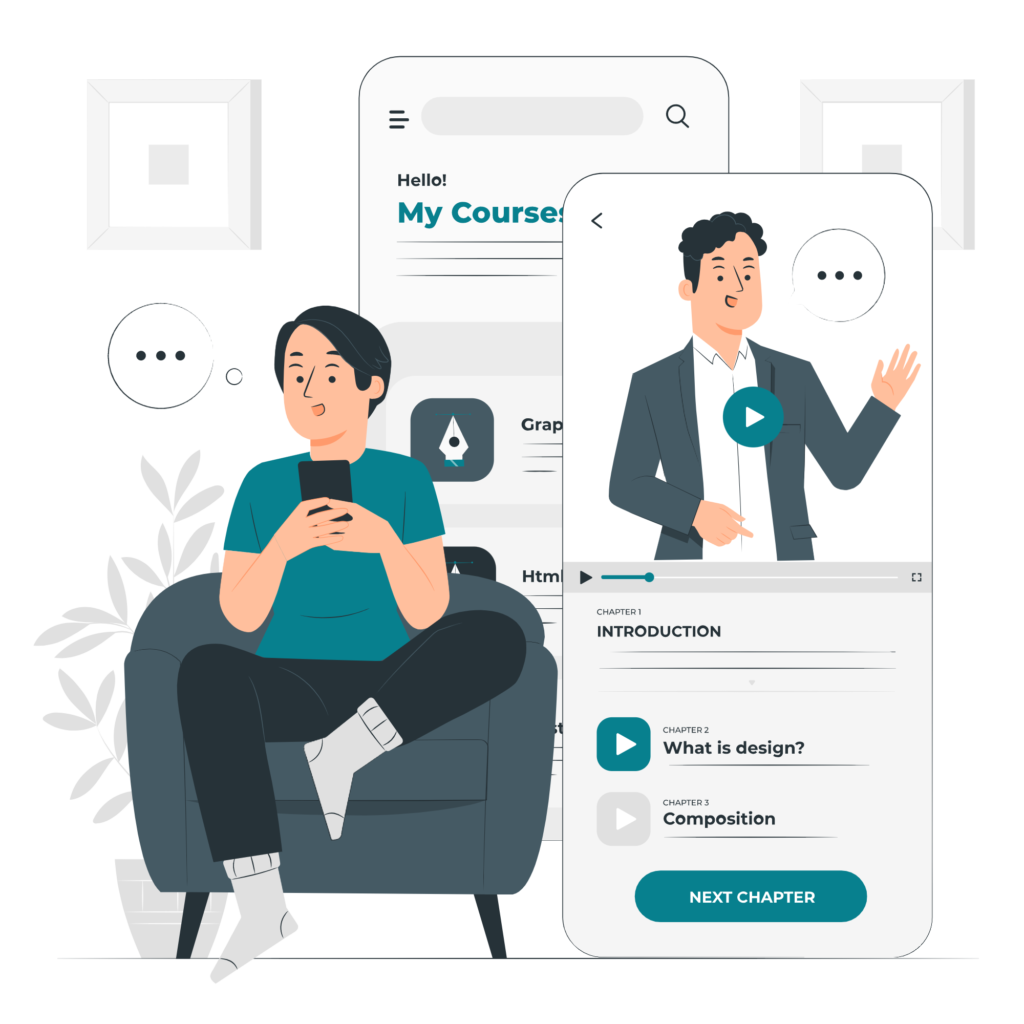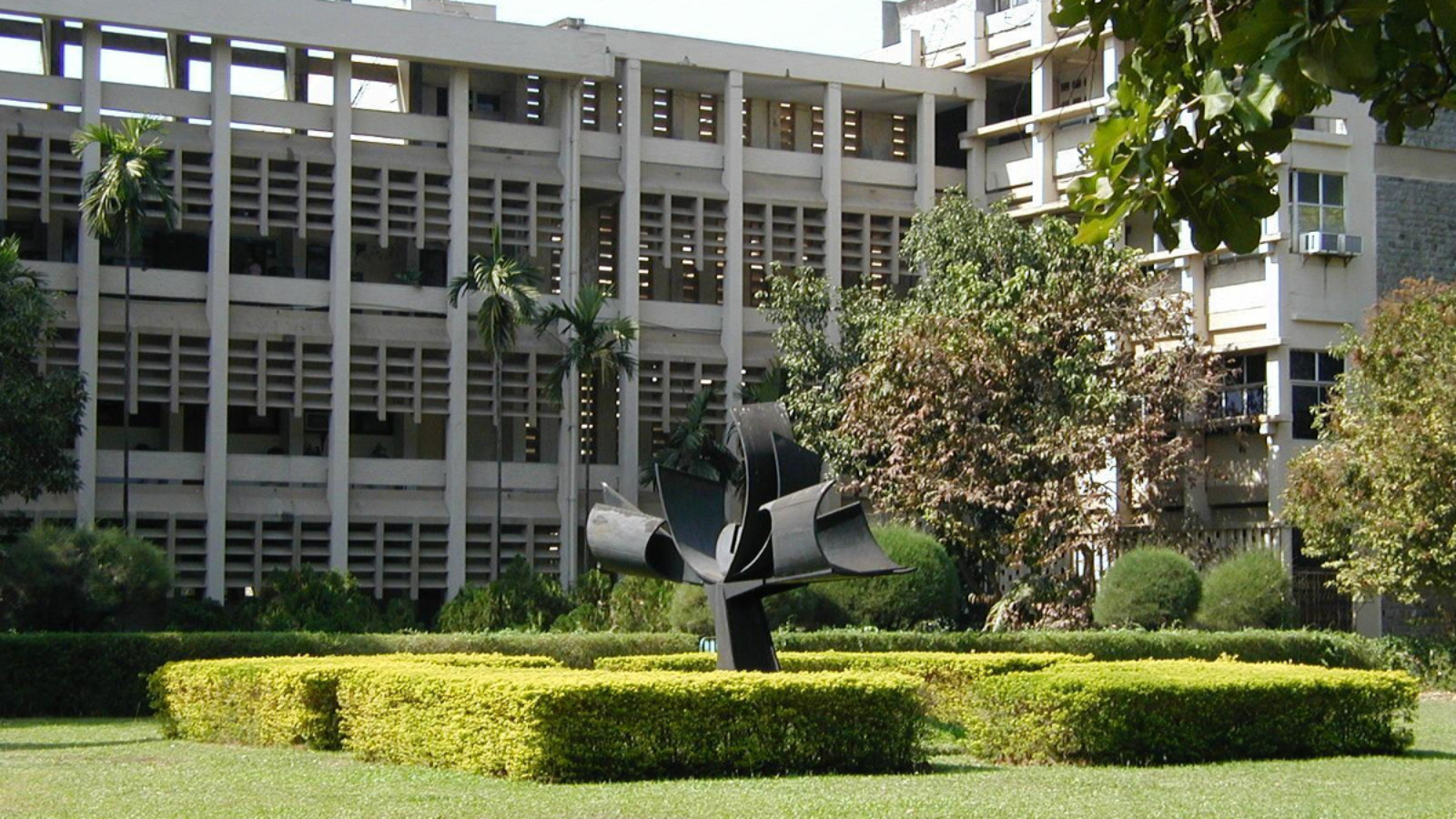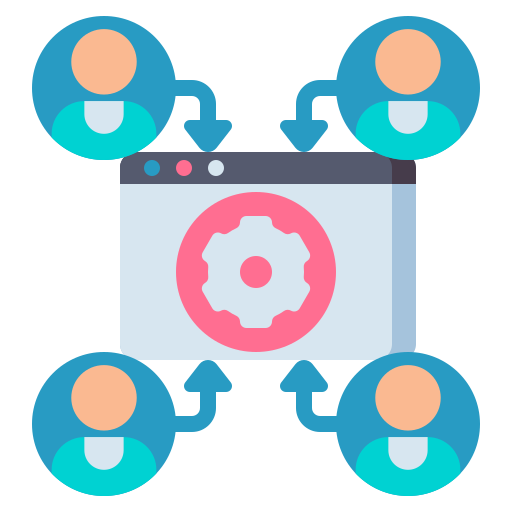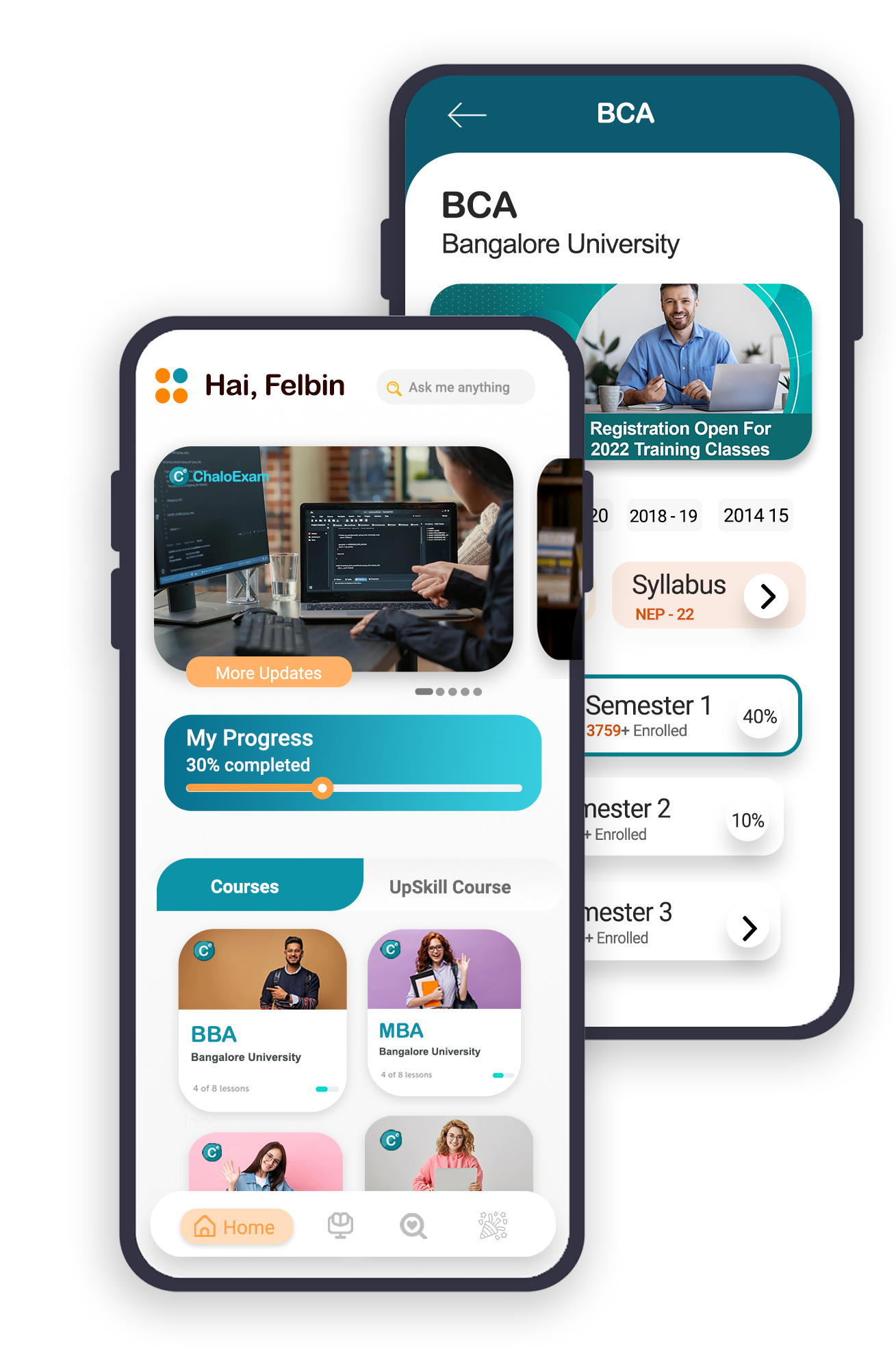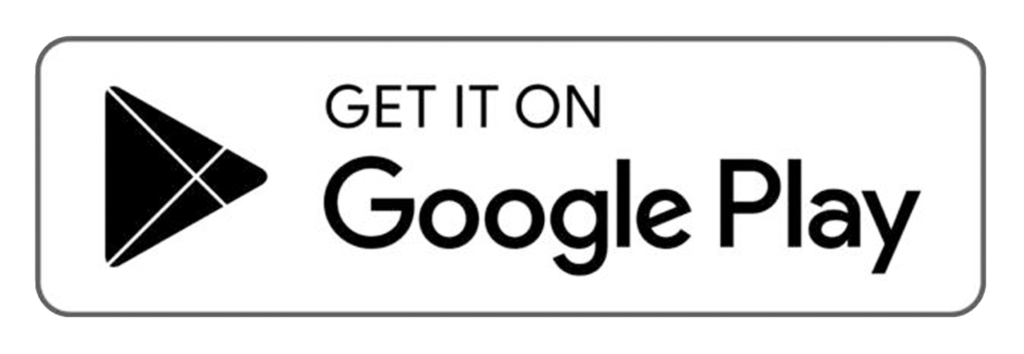BCA601T : THEORY OF COMPUTATION
Total Teaching Hours : 60 No of Hours / Week : 04
Unit – I
Introduction to Finite Automata: The central concepts of Automata theory; Deterministic
finite automata; Nondeterministic finite automata. An application of finite automata,
Page 33 of 38
Finite automata with Epsilon transitions.
[ 12 Hours ]
Unit – II
Regular Expressions: Finite Automata and Regular Expressions Applications of Regular
Expressions. Regular languages; Proving languages not to be regular languages; Closure
properties of regular languages; Decision properties of regular languages; Equivalence
and minimization of automata.
[ 12 Hours ]
Unit – III
Context–free grammars: Parse trees; Applications; Ambiguity in grammars and
Languages. Definition of the Pushdown automata; the languages of a PDA; Equivalence
of PDA’s and CFG’s.
[ 12 Hours ]
Unit – IV
Deterministic Pushdown Automata:Normal forms for CFGs; The pumping lemma for
CFGs; Closure properties of CFLs. Problems that Computers cannot solve.
[ 12 Hours ]
Unit – V
The Turing machine:Programming techniques for Turing Machines. Undecidability, A
Language that is not recursively enumerable; An Undecidable problem that is RE; Post’s
Correspondence problem.
[ 12 Hours ]
Text Book:
1. John E. Hopcroft, Rajeev Motwani, Jeffrey D.Ullman: Introduction to Automata
Theory, Languages and Computation, 3rd Edition, Pearson Education, 2011.
Reference Books:
1. John C Martin: Introduction to Languages and Automata Theory, 3rd Edition,
Tata McGraw-Hill, 2007.
2. Daniel I.A. Cohen: Introduction to Computer Theory, 2nd Edition, John Wiley &
Sons, 2009.
3. Thomas A. Sudkamp: An Introduction to the Theory of Computer Science,
Languages and Machines, 3rd Edition,Pearson Education, 2006
Bangalore North University BCA 5th Sem Previous year question paper and Study Materials
Bangalore University BCA 5th sem Study Material, Previous Year Question Paper, Solved Question Paper, Notes Are Available Free Download
Bangalore North University BCA 3rd Sem Previous year question paper and Study Materials
Bangalore University BCA 3rd sem Study Material, Previous Year Question Paper, Solved Question Paper, Notes Are Available Free Download
Bangalore North University BCA 1st Sem Study Materials
bangalore university bca 1st sem previous year question papers

